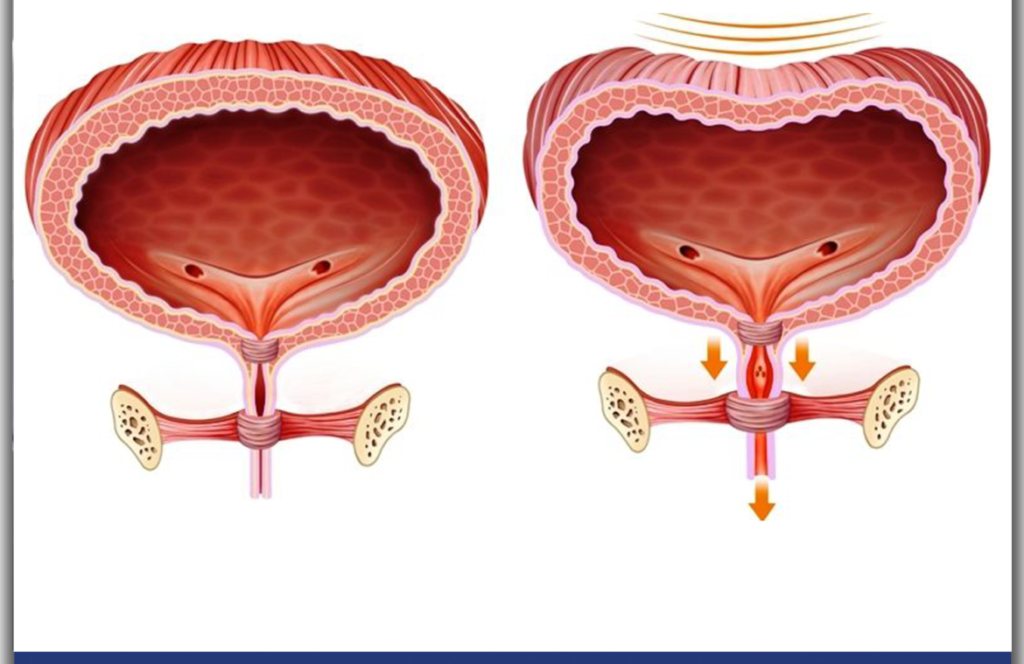
Urodynamics
A test that measures intravesical pressure, urinary tract and bladder outlet muscle activities using very thin catheters placed in the bladder and rectum and electrodes attached to the skin to evaluate urinary incontinence or other urinary complaints. urodynamics It is defined as . These tests are performed painlessly, without making any incisions on the patient's body.
Urodynamic tests are the general name given to tests that investigate bladder, prostate and urinary tract disorders that play a role in urination and storage functions. Urodynamic tests are performed with two pressure-measuring thin catheters placed from the urinary tract to the bladder and from the anus to the rectum.
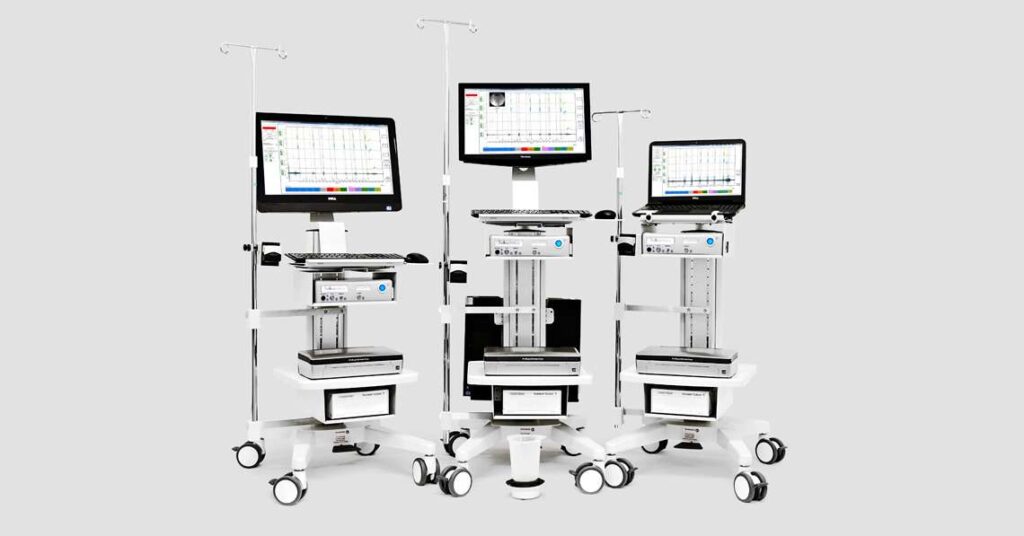
What are the Types of Urodynamic Tests?
The types of tests applied to the patient within the scope of urodynamic examinations are as follows;
Uroflowmetry (Voiding Test): It is a test performed while the patient is urinating normally. It is done at least twice with a bladder that is not very full but tight. In measurements obtained with uroflowmetry, not only average flow rates but also flow curves should be examined. In addition to normal flow rate, important data is obtained about bladder outlet obstruction, overactive bladder or urination with pressure.
Cystometry: The filling volume of the bladder is examined urodynamicsIt is work. Feeling of urgency, point of urination and maximum bladder capacity are among the basic measurements of cystometry. Cystometry is a research in which measurements are made inside the bladder filled with urine. The amount of urine that has entered the bladder is measured by cystometry. The resulting number gives ideas about bladder pressure and how full the bladder is. According to the results of the test, the treatment method is determined.
Pressure Flow Study: It is a method that measures the relationship between intravesical pressure and urine flow rate during bladder emptying. The discharge phase is evaluated by pressure flow examination. Urine flow and bladder pressure, bladder outlet resistance, and bladder emptying ability are measured.
Pelvic Muscle Electromyography (EMG): Measurements of pelvic floor muscles, striated external sphincter and anal sphincter activities are provided.
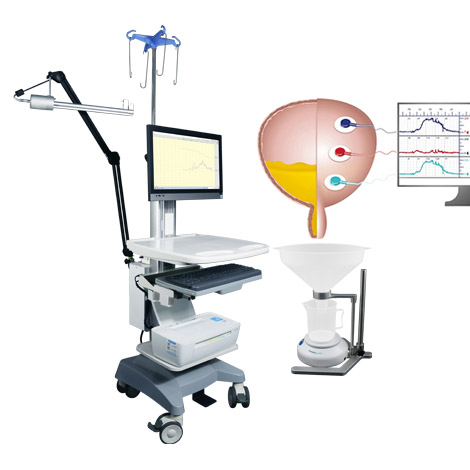
For which diseases is Urodynamic Testing performed?
Urodynamic tests are performed on the patient as a result of various disorders. Urodynamic tests applied to the patient; Urodynamic tests are used for disorders such as urinary incontinence, frequent urination, painful urination, sudden need to urinate, problems of not completely emptying the bladder, inability to urinate, urinary obstruction, and recurrent urinary tract infections.
Urodynamics in Women
Urodynamics is generally used to investigate the causes of urinary incontinence in women. Stress urinary incontinence occurs as a result of disruption of bladder neck urinary retention mechanisms due to birth, aging, uterine and lower abdominal surgeries. Urodynamic examination applied to the patient shows the degree of the disorder. In this way urodynamic tests helps with treatment planning. Leaking urine before reaching the toilet as a result of sudden contractions of the bladder is called urge urinary incontinence. Urodynamic examinations are also used in mixed urinary incontinence, where stress and urge incontinence occur together.
Urodynamics in Men
Urodynamic tests are used in the differential diagnosis of lower urinary tract diseases. Urodynamic diseases in men;
- prostate enlargement,
- excessive bladder activity,
- neurogenic bladder,
- It is used in cases of urinary incontinence after prostate surgery.
Urodynamics in Children
The areas where urodynamics is used in children can be listed as follows;
- urination disorders,
- Bedwetting during the day and night,
- Frequent urinary tract infections,
- Urodynamic tests are used in cases of urinary duct obstruction.
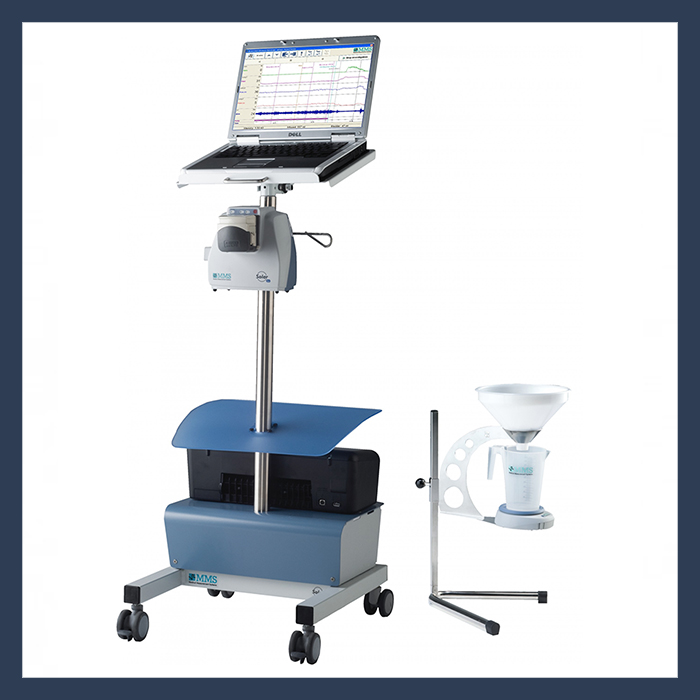
For what purpose is Urodynamics Testing done?
Urodynamic tests; It is applied in patients with neurological diseases, especially in cases where there is incompatibility between symptoms and clinical findings, in patients with recurrent urinary incontinence attacks, if a surgical operation is planned, and in cases where the patient has lower urinary tract complaints and obstruction.
How is Urodynamics Test Done?
Applied for many diseases urodynamics test; It is applied to patients for urinary incontinence, frequent urinary incontinence, painful urinary incontinence, sudden urge to urinate, inability to empty the bladder completely and recurrent urinary tract infections. It is performed with two pressure-measuring catheters placed through the urinary tract, into the bladder, and from the anus into the rectum, without making any incisions on the patient.
During the procedure, electrodes are attached to the patient's skin so that muscle activity is monitored. With the support of the catheter, the bladder is appropriately filled with sterile serum, creating a feeling of urgency in urination. Afterwards, urination is achieved. In this way, the behavior of the bladder and surrounding muscles is recorded and examined.
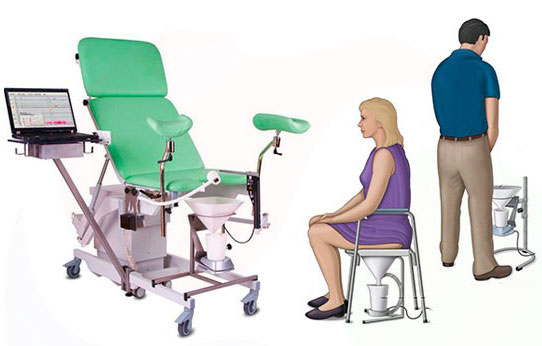
What are the advantages of Urodynamics Testing?
For patients of all ages, including newborn babies urodynamics test can be done. After the procedure, the patient can return to his daily routine in a short time. The treatment option to be applied to the patient is decided by this test.
Who Performs the Urodynamics Test?
Urodynamics testing, which investigates the disorders of organs that play a role in urine storage and production functions, should be performed by urologists. Urologists perform and interpret the tests and decide on the appropriate treatment option.
Frequently Asked Questions
Disorders of organs that play a role in urine storage and production functions are investigated with urodynamic tests.
Urodynamic tests are performed on people who have urinary incontinence, frequent urination, or difficulty urinating.
Generally, the results of urodynamic tests are available immediately after the post-application examination.
Our treatments
- Prostate cancer
- Bladder Cancer
- Kidney Cancer
- Kidney stone
- Robotic Surgery
- HOLEP
- ThuLEP
- Prostate Biopsy
- hydrocele
- Varioxel
- Testicular Cancer
- Urinary tract infection
- Urinary Incontinence in Women
- Urodynamics
- Vesicovaginal Fistula
- Laparoscopy Surgery
- Sacral Neuromodulation
- Laser Prostate Surgery
- Penile Prosthesis Implantation
- Prostate Hot Water Steam Treatment
- Penile Shock Wave Therapy – ESWT
- Male Infertility
- Drug Treatment for Sexual Dysfunction (Erectile Dysfunction)


